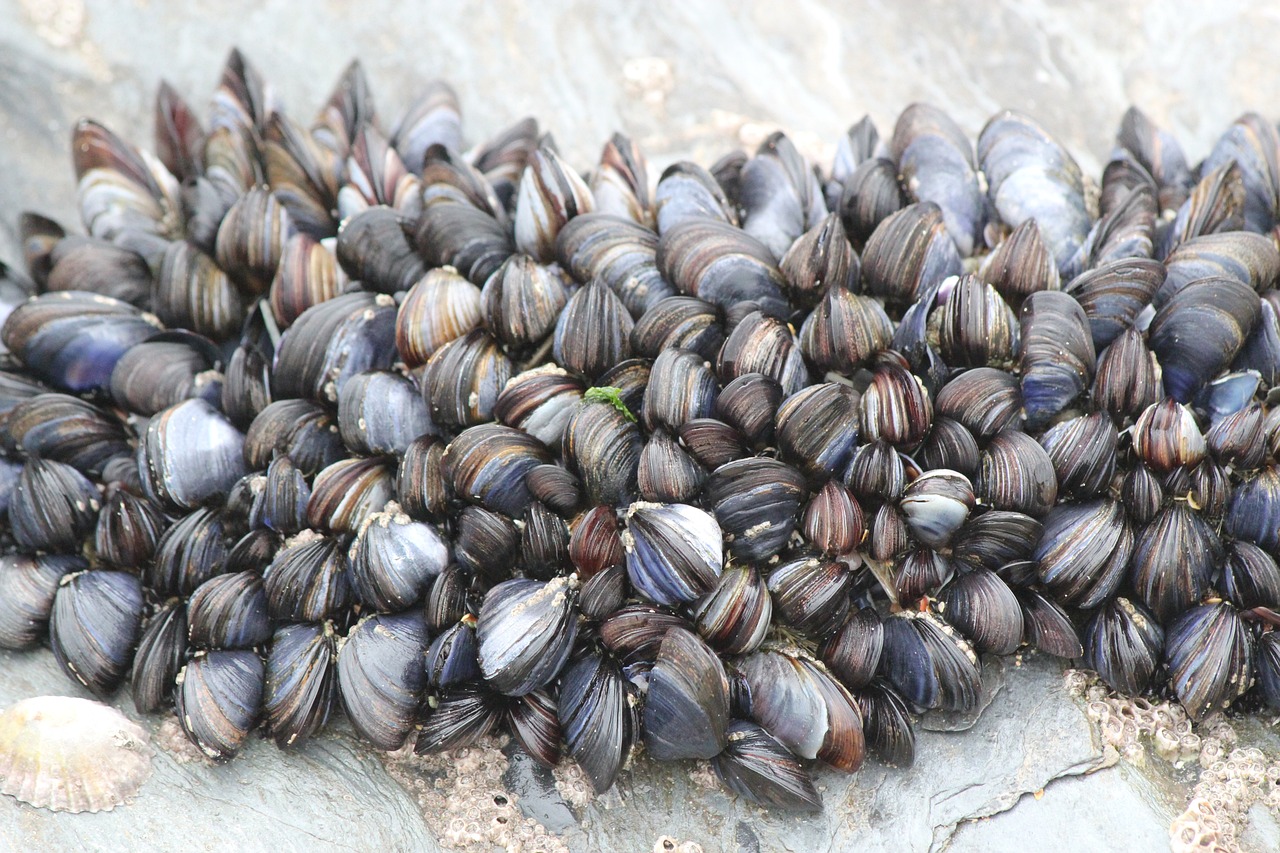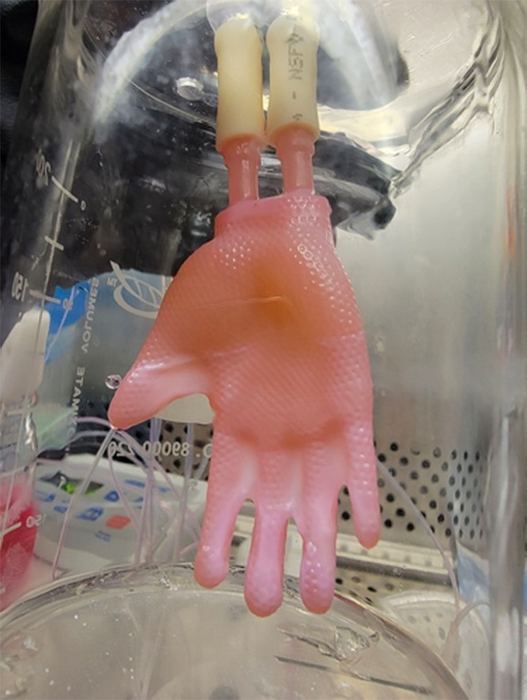A New Approach to Underwater Mobility
Researchers at EPFL (École Polytechnique Fédérale de Lausanne) have developed a novel underwater robot inspired by the unique locomotion of flatworms. As a result, this innovative robot holds significant potential for tracking pollution and monitoring marine life in challenging aquatic environments.
How It Moves: Mimicking the Flatworm
Unlike traditional propeller-driven underwater vehicles, the robot features a soft, flexible body and a unique “crawling” mechanism that mimics a flatworm’s movement. Consequently, this design enables it to navigate complex, confined spaces—such as coral reefs or sediment layers—with minimal disruption to the surrounding ecosystem.
Peristaltic Waves: The Key Innovation
One of the most important advancements of this robot lies in its propulsion system, which is driven by peristaltic waves. These waves, similar to those observed in flatworm locomotion, generate smooth, efficient motion. As a result, this propulsion method offers several key advantages:
- Gentle Movement: The soft, undulating motion minimizes the risk of harming delicate marine organisms and habitats.
- Enhanced Maneuverability: Furthermore, its flexible body allows it to navigate tight spaces and adapt to varying terrain.
- Energy Efficiency: In addition, the crawling mechanism consumes less energy than propeller-based systems, allowing for longer deployment times.
A Powerful Tool for Environmental Monitoring
Beyond its innovative movement, the robot is also equipped with sensors that can collect data on water quality, temperature, and pollutant levels. Therefore, it serves as a valuable tool for real-time environmental monitoring. Additionally, it can be fitted with cameras and other imaging devices to observe marine life and document their behavior in their natural habitat.
Advancing Marine Research and Conservation
Overall, this flatworm-inspired robot represents a major advancement in underwater robotics. By providing critical data on pollution levels and marine ecosystems, this technology could play a key role in preserving our oceans for future generations.







